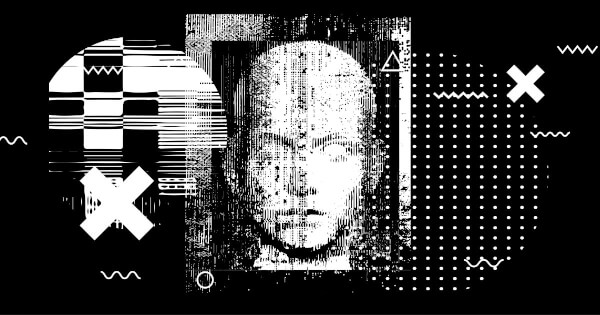DeWave: Brain-to-Text AI Breakthrough Revolutionizing Communication

The University of Technology Sydney has introduced DeWave, an AI model capable of translating human thoughts into text. This breakthrough technology utilizes a blend of electroencephalography (EEG), brain-computer interfaces, and large language models to decode brain activity, representing a significant leap forward in brain-to-text communication. This breakthrough is reflective of the advances documented in the research paper “BRAIN DECODING: TOWARD REAL-TIME RECONSTRUCTION OF VISUAL PERCEPTION” by Yohann Benchetrit, Hubert Banville, and Jean-Remi King.
DeWave simplifies the process of translating thoughts to text, distinguishing itself from other technologies in this space. Users need only to wear an EEG headset and activate their thoughts to enable the translation. This method is notably less invasive compared to other technologies, such as Elon Musk’s Neuralink, which requires surgical implantation of a brain-machine interface chip. DeWave’s approach offers a more accessible and non-invasive solution, making it a potentially revolutionary tool for those with speech impairments due to conditions like stroke, brain thrombosis, or deafness. Currently, DeWave achieves an accuracy rate of approximately 40% in its translations.
This technology’s significance was recognized globally when it was selected as an important paper by the NeurIPS conference, one of the most prestigious gatherings in the machine learning community. DeWave’s approach is somewhat similar to a project by Meta, which used MEG (magnetoencephalography) to reconstruct human brain imaging processes. Both initiatives share the common goal of capturing and decoding faint brain activity through EEG and MEG tools. After acquiring the raw brain data, researchers employ large language models to decode it, extracting crucial visual and textual information. This process is fundamental in translating and reconstructing human thoughts and mental images.
The core technology of DeWave involves transforming continuous brainwave signals into discrete codes. This is achieved using a structure known as a vector quantized variational encoder, which converts received brainwave signals into a series of vectorized feature representations. These representations are then turned into a series of discrete codes, each corresponding to a discrete word vector in a codebook. The codebook functions like a dictionary, containing a limited number of discrete word vectors. The most matching discrete word vector from the codebook is used to obtain the corresponding discrete code. Once a series of discrete codes is obtained, they can be processed like language word vectors and inputted into a pre-trained large language model to generate the translated text content.
Despite its innovative approach and potential applications, DeWave is not without its challenges. The model’s reliance on pre-trained language models like BART limits its performance to the quality and capabilities of these models. If the pre-trained language model lacks accuracy or a broad understanding of language, it could affect the translation performance of the DeWave method. Additionally, the DeWave method’s training process requires the use of parallel brainwave and text pair data for supervised learning. The acquisition of large-scale parallel data can be difficult or costly for certain tasks, which might limit the performance of the DeWave method. Another limitation is the model’s dependence on labeled data. Despite claims of being able to translate brainwaves to text without labels, such as eye-tracking, DeWave still relies on a label-based alignment process. It uses event markers to segment brainwaves into word-level features, which could lead to inaccuracies in translation and segmentation in the absence of labels.
In conclusion, DeWave represents a significant step forward in the field of AI and neuroscience. By enabling the translation of human thoughts into text, it opens up new possibilities for communication, especially for those with speech impairments. However, like any pioneering technology, it faces challenges and limitations that will need to be addressed in future developments. As research and technology continue to advance, DeWave has the potential to become an even more effective tool for bridging the gap between human thought and communication.
Image source: Shutterstock

Comments are closed.